Location
1 of 9
It's likely you have a century ride within 50 miles from your house at some point in the year. Local century rides are a great way to test yourself on familiar roads and with local cyclists. Alternatively, choosing a destination century ride is a great way to experience a new area and make a vacation out of the event.
Find:
Your Next RideTime of Year
2 of 9
Much of your decision will depend on where you're at in your training block. If you still need six months to train, that will limit your available options. But if you're planning far enough in advance, you'll have much more flexibility. Does your work load lighten up in the winter months? Are you free for a long weekend in the summer? Don't rush your decision, as you'll need ample time to prepare to be successful on your big day.
Find:
Your Next RideWeather Conditions
3 of 9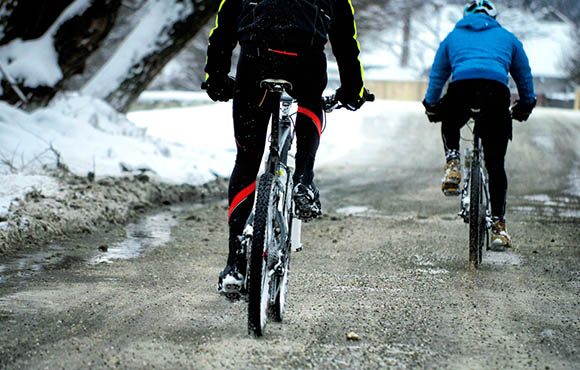
Of course weather conditions vary day-to-day, but you can follow some general guidelines when choosing a century ride. If you prefer riding in the heat, obviously a winter century isn't for you. The opposite holds true as well—just don't forget to consider the training conditions leading up to your ride.
Find:
Your Next RideAverage Speed
4 of 9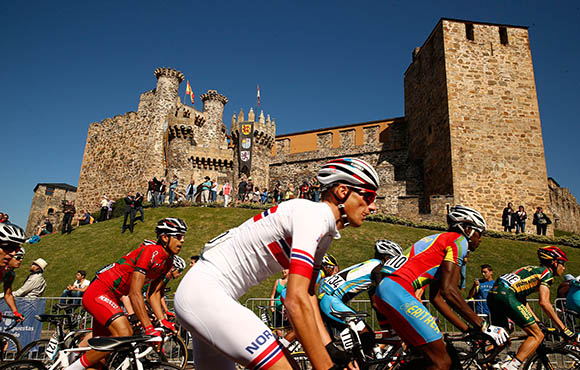
The majority of century rides are considered a ride, not a race. On paper this sounds simple, but if the event is timed, be aware the field will include some serious players who show up and drop the hammer. Gran Fondos are a great alternative if you're looking for a friendlier, more inclusive event.
Find:
Your Next RideElevation Gain
5 of 9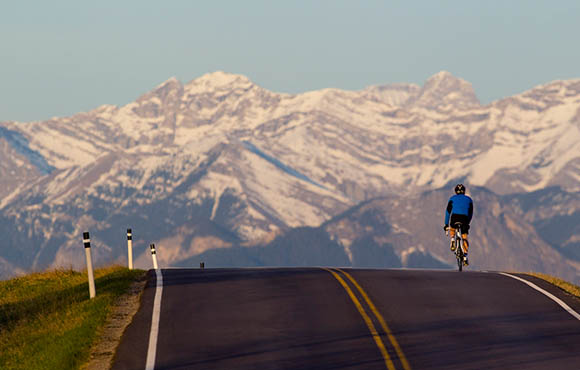
Take a careful look at the elevation profile before you register for your century ride. If you're a beginner, a flatter route will be much appreciated as you the progress through the last 50 miles. If you're looking for a challenge, some century rides offer serious climbing opportunities. Also, take note of the starting elevation—riding at 10,000 feet is tougher than riding at sea level.
Find:
Your Next RideSAG
6 of 9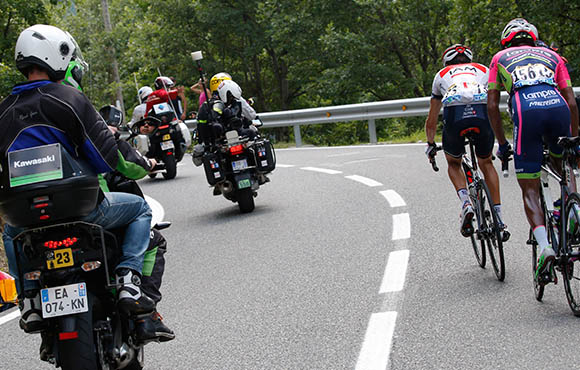
SAG, or "support and gear," may be a priority for you. Some events have vans or motorcycles on the route with gear in case you find yourself stranded. If you're not sure how to change a flat tire, or you're afraid of being sidelined with a broken spoke, a supported event is a great peace of mind.
Find:
Your Next RidePrice
7 of 9
Big market areas are oftentimes more expensive than other mom and pop rides on the outskirts of town. Check what your registration cost includes—many expensive century rides provide a swag bag with custom bottles and frame stickers. Also, some of the larger century rides donate a portion of their profits to local charities. If you want to ride on a budget, smaller grassroots century rides are a great option.
Find:
Your Next RideHotels and Traveling
8 of 9
If you're planning on traveling to a destination century ride, check hotel availability and travel costs before registering. Some host cities aren't equipped to handle such a high volume of cyclists, and many hotels are sold out months in advance. If you can't find a room or a flight in your budget, that ride may not be for you.



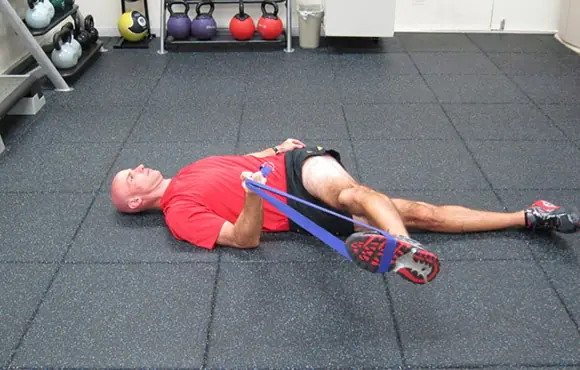
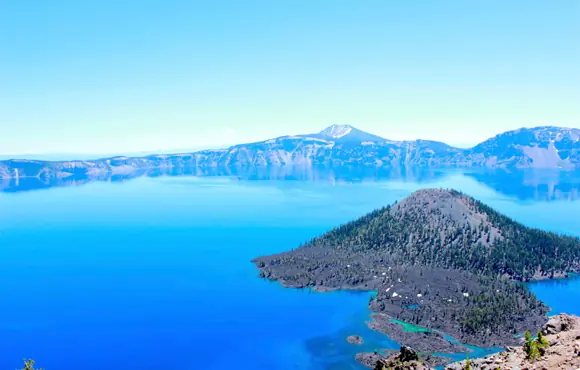

Discuss This Article